When and how to plant currants?
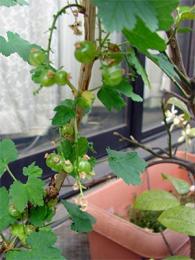
An excellent currant berry – rich in vitamins, fragrant, healthy! It is difficult to imagine even a small garden without its bushes. Beautiful clusters of white, yellow, red, pink and black berries serve as an undoubted decoration both for the garden itself and for the harvest of garden crops. Since currants are very popular, many gardeners are engaged in growing them. With proper care, a bucket of berries can be collected from one bush! And when and how to plant currants in order to get healthy bushes that produce a plentiful, tasty and healthy harvest?
Content:
Currant bushes are long-lived among fruit and berry crops. They begin to bear fruit in the second year, and already in the third and fourth they produce a full harvest. With proper and attentive care, they can bear fruit for up to 15 years.
Choosing seedlings
Best landing time - early autumn. Currants are planted as seedlings, it is best if they are two years old. For reliable rooting, such a shoot must have at least three skeletal roots. If a seedling is purchased in a pot, it must be removed from the pot to check the root system.

Currants are very often affected by various fungal diseases. Therefore, for planting, it is best to choose varieties that are resistant to such diseases.
Also, varieties must be zoned, i.e. suitable for a specific climatic region of growth.Breeders who breed currant bushes have developed varieties that meet all the requirements of gardeners.
Preparing the landing site
Currant bushes are best planted in a permanent place in mid-autumn - in the second half of October. For planting, you need to choose a sunny place, since all varieties of currants love the sun. But we should not forget that all varieties of currants love moisture. Therefore, it must be provided with sufficient water. But the soil should not be swampy, because currants easily get sick fungal diseases. Therefore, the soil for currant bushes must be well drained.
Currant planting technology
Holes for planting currant bushes are dug at a distance of 1.5 - 2 meters from each other. A sufficient amount of a mixture of humus, potassium sulfate and superphosphate should be placed in a planting hole with a diameter of 50-60 cm and a depth of 40-45 cm. This must be done a few weeks before planting the bushes to allow the ground to settle. Currant bushes should be planted 5 cm deeper than they were planted before transplanting.

And in order for the bush to be strong, it is advisable to trim it when planting, leaving 10-15 cm from the ground. By the way, cut currant branches can be planted in moist soil, where they will easily take root.
We plant the seedlings obliquely, at an angle of approximately 45 degrees. Deep and inclined planting guarantees the formation of additional roots and fresh shoots from the root collar and buds of the covered part of the stem. This is how a developed, powerful bush with many strong branches is formed. When planted directly, the bush turns out to be single-stemmed.The roots of the seedling should be carefully straightened, sprinkled with earth, the soil lightly compacted, watered (half a bucket per bush), then the hole should be completely filled. We form a hole around the bush and water it again. We mulch the soil with humus to avoid the appearance of crust. If the weather is dry, the plants are watered after a few days and mulched again.
Aftercare
Currants must be watered regularly. Drying out the soil, even once, will lead to a decrease in yield and shredding of the berries. Under each bush you need to pour 3-5 buckets of water at a time.
To achieve good harvests currant bushes form. Initially, after planting, all branches are cut off, leaving up to 5 buds on the shoot. In adult plants, old five- to six-year-old branches that bear fruit are replaced with powerful young ones, and excess annual shoots are also removed. A bush with a wide base should be formed. The wider it is, the lighter and freer the middle of the bush, the better and more uniform the fruiting of the entire plant, and not just its peripheral branches, as usually happens with excessive thickening. The presence of 16-20 powerful branches of different ages indicates that the bush is formed correctly.
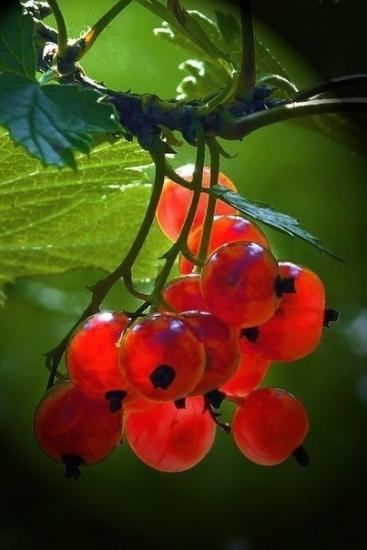
The roots should be protected from freezing. To do this, in the fall the bush is covered with earth, and the tree trunk circle is sprinkled with compost and peat. It is better to place currants not along the perimeter of the site, but in a separate, designated place. It is convenient to plant in rows with a distance of 2 m in dachas and 3 m in industrial plantings. For cross-pollination, it is recommended to combine different mutually pollinating varieties on the site. This will increase productivity.
Having planted currants in his garden, not a single gardener has regretted it. Good luck getting better at growing this plant!

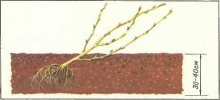
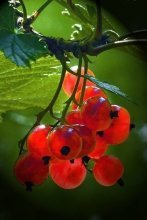
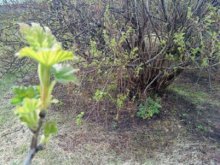
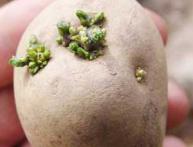
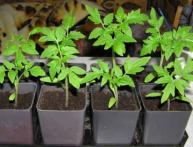
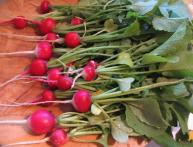
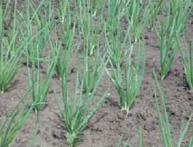
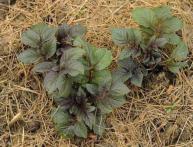
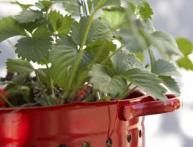
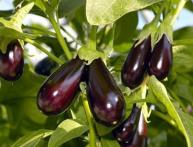
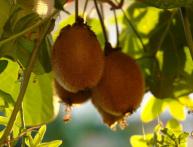
Comments
Tell me, otherwise I didn’t find the answer. Is it possible to plant currant bushes in the same place where the currants were? Will this affect the harvest? There’s just not enough space on the dacha plot, but I want to plant a new variety of currants.
Many currant bushes of zoned varieties are planted on my site. I have red, black, and white. I take cuttings and grow planting material myself. The survival rate of cuttings is very high.